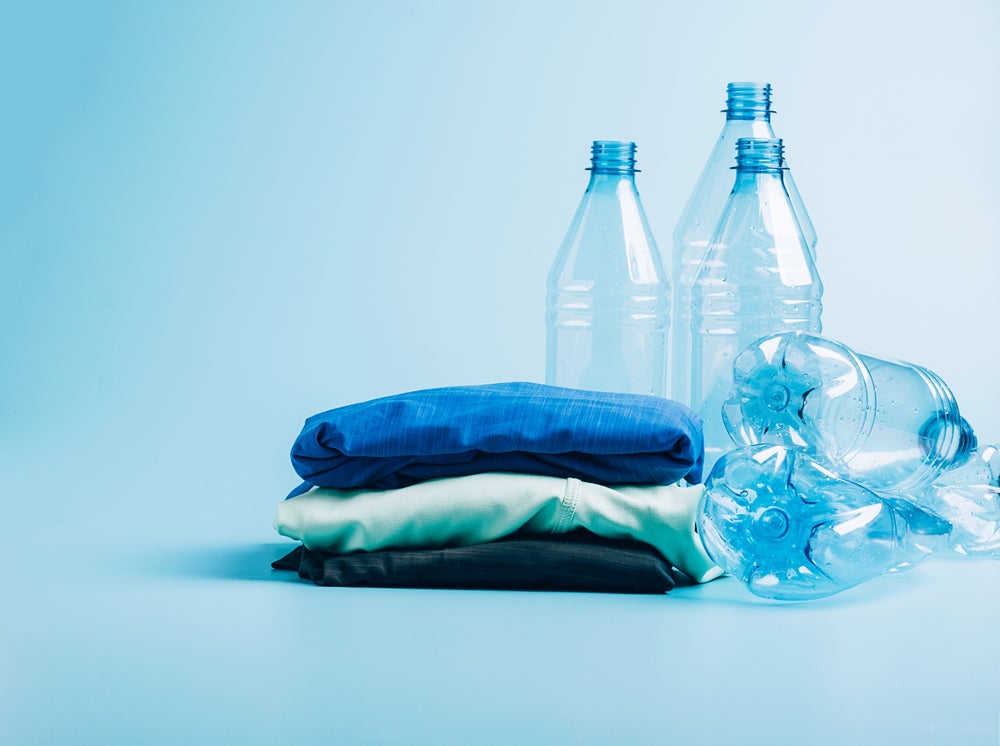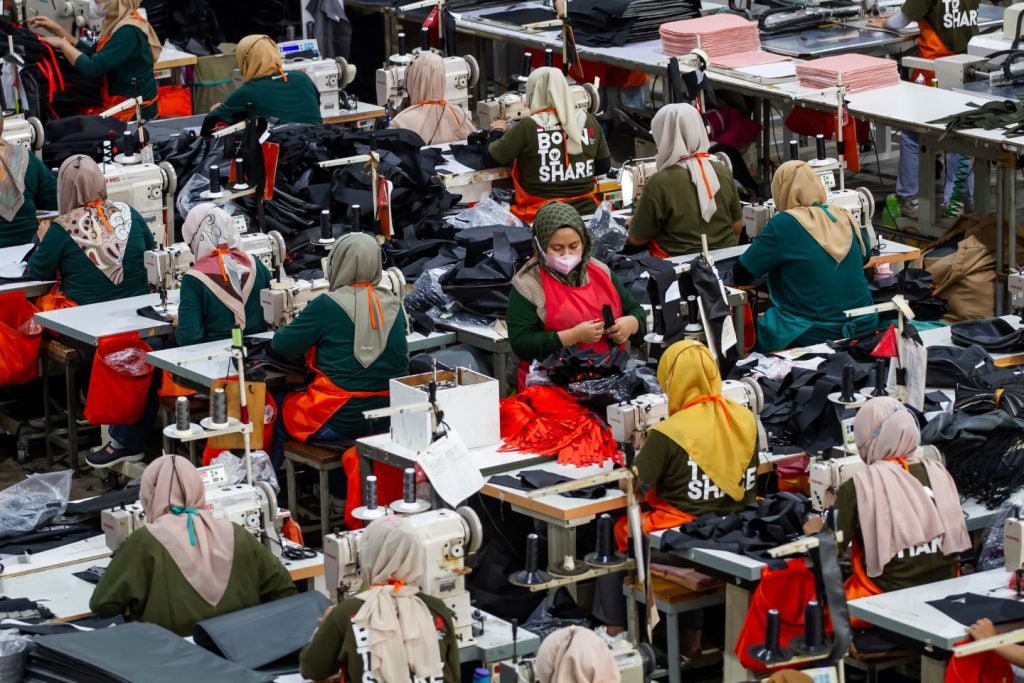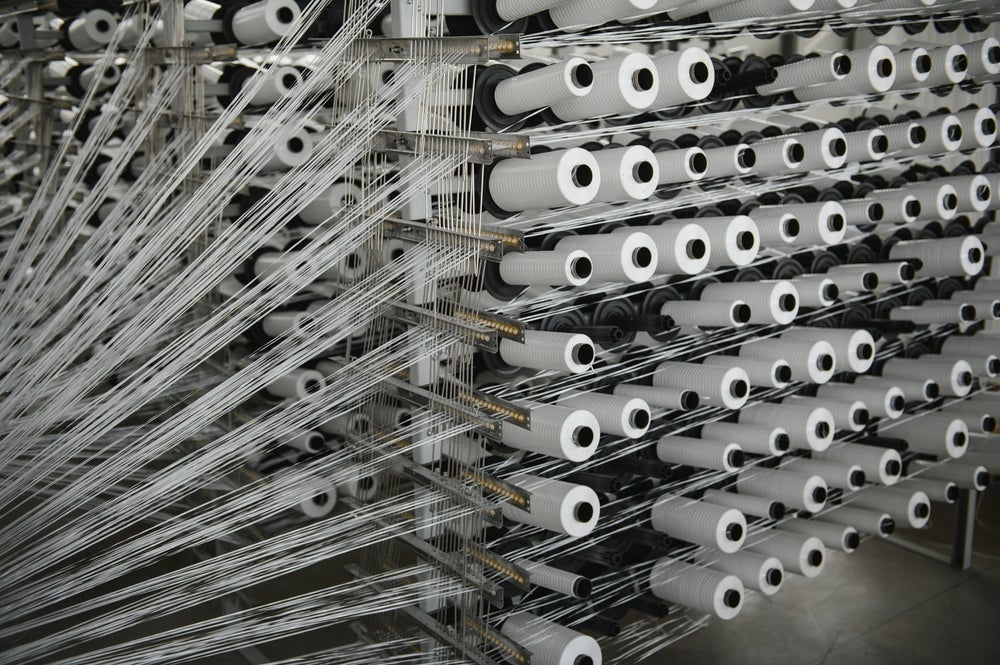
Systemiq says its new study titled ‘Circular PET and Polyester: A circular economy blueprint for packaging and textiles in Europe’ comes at a time when the PET and polyester market in Europe is undergoing a major transformation.
It explains novel recycling technologies are emerging, policies are mandating higher targets for reuse, plus the regulatory process to build a more circular textiles system is gathering pace.
The study is the second in a series and outlines six priority actions needed to transform the PET/Polyester system. It draws on insights sourced from over 80 published reports, along with input from industry experts, the synthesis study evaluated the current state of PET/polyester circularity in Europe and the solutions available to build a more circular system.
The study highlights the potential of circular economy approaches, including demand reduction, reuse, mechanical recycling and chemical recycling.
The measures outlined in the report are aimed at potentially slowing consumption and establishing both mechanical and chemical recycling systems that significantly increase recycling rates and thus, the availability of high-quality recycled PET/polyester.
Systemiq believes the measures could deliver remarkable results when compared to a continuation of historical trends, by 2040:
How well do you really know your competitors?
Access the most comprehensive Company Profiles on the market, powered by GlobalData. Save hours of research. Gain competitive edge.

Thank you!
Your download email will arrive shortly
Not ready to buy yet? Download a free sample
We are confident about the unique quality of our Company Profiles. However, we want you to make the most beneficial decision for your business, so we offer a free sample that you can download by submitting the below form
By GlobalData- A one-third reduction in overall PET/polyester consumption
- A 70% decrease in waste to landfill or incineration
- A 50% reduction in greenhouse gas emissions
- The creation of 28,000 net new jobs and an additional €5.5bn ($6.03bn) per year in revenues for the recycling industry
- Ensuring a sufficient supply of recycled content to meet the requirements of the draft Packaging and Packaging Waste Regulation (PPWR).
Systemiq explains that PET packaging and polyester textiles are made from the same plastic molecule, which makes up one-quarter of consumer packaging (bottles and trays) and the vast majority of synthetic textiles (clothing, homeware and industrial) used in Europe.
In fact, PET packaging and polyester textiles are made from the same plastic molecule, which makes up one-quarter of consumer packaging (bottles and trays) and the vast majority of synthetic textiles (clothing, homeware and industrial) used in Europe.
Systemiq explains that today this material is mostly made from virgin feedstocks derived from fossil fuels and three-quarters of PET/polyester waste is disposed to landfill or energy recovery after just one use.
Ben Dixon, partner and head of materials and circular economy at Systemiq said: “The PET and polyester market in Europe is in a green revolution – with new recycling technologies emerging, stretching targets for recycling and recycled content in bottles and other packaging, and fashion companies buying up recycled polyester from PET bottles. In this context, our study provides the first system-level analysis of how different circular economy solutions for PET and polyester could fit together to flatten demand growth, achieve high levels of reuse and recycling, and lower GHG emissions. The overall message is optimistic: we have the technologies and the policy momentum to build a circular PET/polyester system. Now, we need to scale up investment and action.”
Joan Marc Simon, director-founder at Zero Waste Europe added that the new study reiterates that reduce-reuse-recycle – in this order of priority – is the only way to increase the circularity for PET/polyester.
She explained: “The PPWR and EU Textiles Strategy are opportunities to advance this agenda but, so far, they are far from providing the legal framework to deliver the measures recommended in this study. Ambitious reduction and reuse targets and clear guidance to make mechanical and chemical PET/polyester recycling complementary are just two among the many pieces which need to be clarified and strengthened.”
Systemiq believes these findings come at a critical time, coinciding with the EU’s Single-Use Plastics Directive Implementing Act and the development of the draft PPWR.
The study was commissioned and funded by Eastman and Interzero.
The first report in the series was called ‘State of PET/polyester circularity in Europe’.







